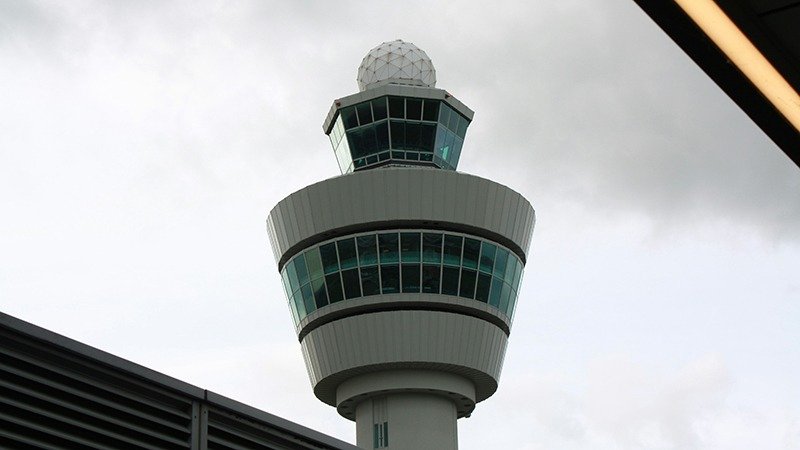In response to a significant air traffic controller shortage, the Federal Aviation Administration (FAA) is expediting the graduation of new recruits from their training program. This initiative aims to quickly address the pressing need for personnel in control towers across the United States, the most critical shortage in almost three decades.
Understanding the Air Traffic Controller Shortage
The shortage of air traffic controllers is impacting airports nationwide, leading to increased delays and flight disruptions. With air travel demand soaring post-pandemic, the need for qualified air traffic controllers has never been more urgent. According to the FAA, this push to accelerate recruiting efforts comes at a crucial time when the air travel industry is experiencing a robust recovery.
Fast-Tracking Training Programs
To combat the air traffic controller shortage, the FAA is adopting a fast-tracked training program that aims to prepare recent college graduates for the demands of air traffic control. This new initiative allows candidates to complete training in a condensed timeframe, supplemented by hands-on experience and mentorship. The FAA has made significant investments in resources and technology to ensure that new hires are equipped with the skills to manage increasingly busy airways efficiently.
Recruitment Strategies
The FAA’s recruitment strategy includes outreach to universities and colleges with aviation programs, emphasizing the importance of air traffic controllers in ensuring safe air travel. Current campaigns target students majoring in fields related to aviation management and technology. These efforts aim to create a pipeline of new talent ready to step into control towers across the U.S.
Benefits of the New Training Approach
The accelerated training program is designed not only to fill immediate vacancies but also to enhance the overall effectiveness of air traffic management. By focusing on recent graduates, the FAA is tapping into a pool of tech-savvy individuals familiar with modern air traffic systems, increasing adaptability in a rapidly changing field.
The Future of Air Traffic Control
As the FAA works to address the immediate staffing crisis, it is also adapting to evolving technologies that could change the face of air traffic management. Innovations such as automation and artificial intelligence are being explored to complement human controllers, helping to streamline operations and improve safety in the airspace.
Conclusion
The FAA’s initiative to fast-track new air traffic control graduates reflects a proactive approach to solving a longstanding issue in air travel. With a blend of strategic recruitment, accelerated training programs, and a focus on technological advancements, the agency aims to ensure the safety and efficiency of the nation’s air traffic systems. For more information on air traffic control training programs, visit the FAA’s official site or check resources from Air Traffic Control Association.
As air travel continues to grow, the focus on training and recruitment will be essential to maintaining smooth operations in U.S. airspace.



